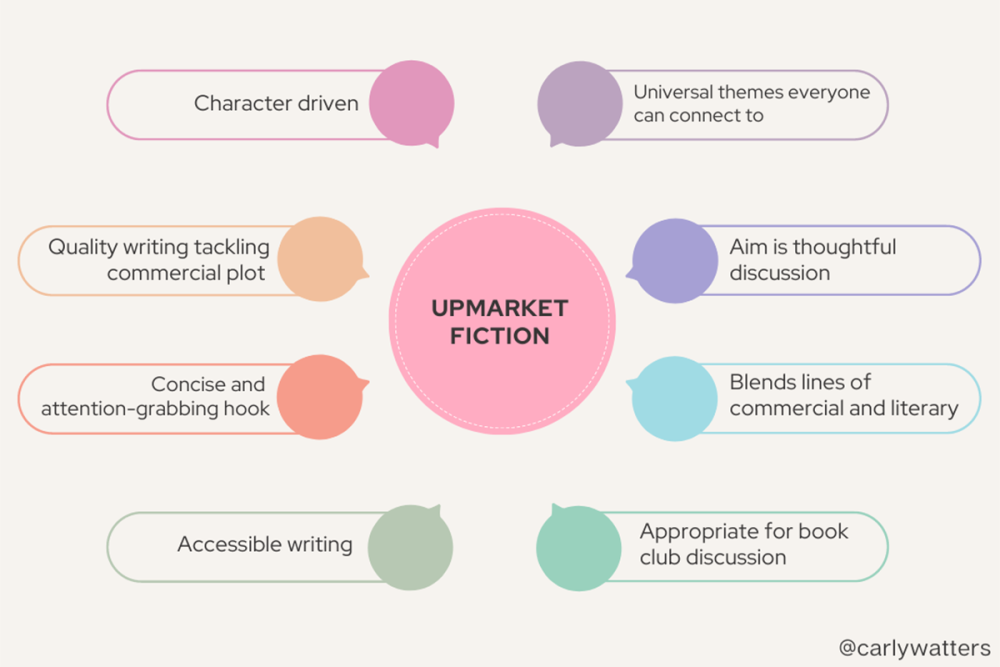
Today’s post is by literary agent and podcast host Carly Watters (@carlywatters).
Ask five different industry members and you’ll get five different answers. But what really is “upmarket” fiction?
I’ve spent the last thirteen years helping writers get book deals and the last two years on our podcast The Shit No One Tells You About Writing helping unpublished writers learn how to categorize their work and I have an answer to this. Upmarket fiction is a blend of commercial fiction and literary fiction, but how it gets blended is where writers and industry members can’t always agree.
The nuances of upmarket fiction are confusing because the lines are blurry to those who don’t see it every day, but I have a method to share with you to better understand the category. Here’s a definitive guide to upmarket fiction.
It has universal themes everyone can connect to, with a hyper-focused plot.
Universal does not mean meandering and expansive. Universal means ideas that travel. Love, loss, grief, trauma, family secrets, and identity show up in upmarket fiction because these are the books that start hyper-specific, like a dust bowl fiction called The Four Winds, and ends up traveling around the country and the world (selling translation rights as they go).
Like Mika in Real Life, we get into them for the plot and end up being swept away by how it makes us feel and then we want to go tell everyone else about it!
Like The People We Hate at the Wedding, we all love the drama of a messy wedding, especially one that includes international travel.
Foreign rights agents never truly know what will sell, but emotionally gripping, universal themes are the books they always want to share with their foreign contacts because they’re not geographically bound. Upmarket novels have potential to sell well in translation because we’re all human.
The aim is thoughtful discussion of real world application.
Ripped-from-the-headlines books often fall into this category. Books where the topic is already being discussed in pop culture or the news and captured in fiction like Girls with Bright Futures (social satire of the 1%), We Are Not Like Them and Such a Fun Age (both hold a mirror up to society’s social justice conversations) are great examples. Books that make readers think about “What would I do in that situation?” or “What if that happened to me/my sister/my family?” are ways that readers are pulled into the book in a nuanced way that inspire deep thought about how the reader feels about the subject matter or character conflict and their own personal relationship to it.
It’s a blend of literary and commercial: quality writing with a high-concept hook or unique structure
So here’s where the blend comes in. The literary part is that the quality of writing is high (doesn’t need to be capital L literary, though, and actually shouldn’t be), and the commercial part is the hook. You immediately get why you need to read it and read it now, but you’re going to keep reading because the writing is really strong.
What is a high-concept hook you might ask? The Guncle, One Day, The Midnight Library and This Time Tomorrow come to mind. A high-concept hook is a premise or hook that you can immediately wrap your head around and see how it can drive a novel: a “what if” hook, a hook that might be about an existential question but is captured in a brilliant single line.

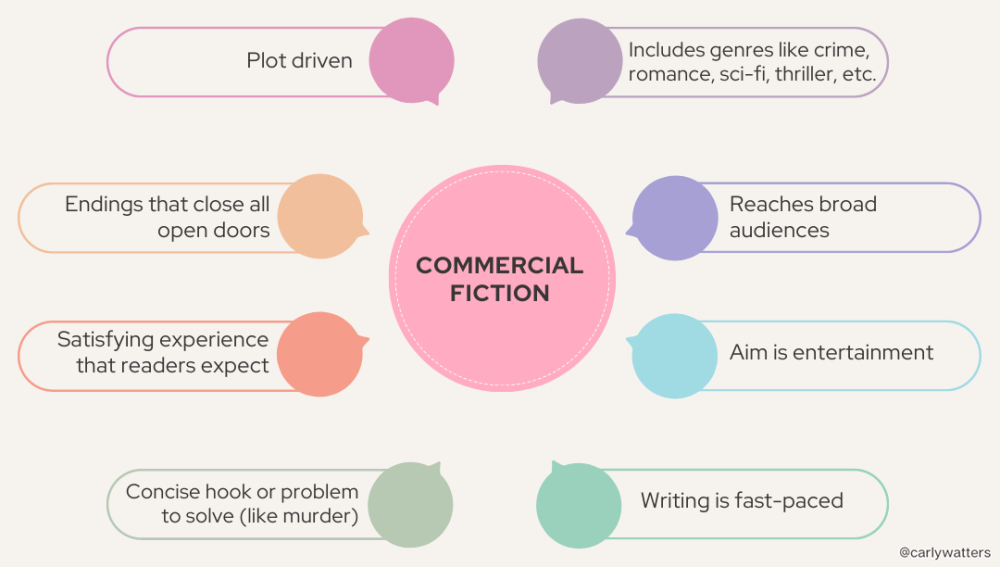
It’s a character-driven novel.
If commercial fiction is plot-driven and literary fiction is quality-of-language driven, then upmarket fiction is character-driven. I think of The Most Fun We Ever Had, Fleishman Is in Trouble, White Ivy or Recipe for a Perfect Wife when I think about characters who propel the book forward. It can be multi-point of view or single point of view. The book often hinges on the growth and/or secrets of this main character or more than one character if it’s multi-point of view. See my case study of Lessons in Chemistry below to learn more.
It’s appropriate for book club discussion.
Do people actually want to talk about and debate matters in this book? A lot of writers think their book would be good for a book club, but what does that mean? You want to tour around to book clubs across the country? Or your book has enough material and fodder to get people discussing opposing views and alternate opinions with their closest friends and neighbors?
Luckily, we also have Reese Witherspoon, Read With Jenna and Good Morning America helping us lead the way with national book club choices (and generating lots of sales for the industry!) and I would argue 90% of their monthly book club choices are categorized as upmarket. We have The Last Story of Mina Lee, L.A. Weather, The Fortunes of Jaded Women, Someday, Maybe, and many more national book club picks to choose from.
It’s genre blending and adding mystery.
I love a little genre blending in upmarket fiction and Nine Perfect Strangers, The Other Black Girl, Where the Forest Meets the Stars, and Where the Crawdads Sing deliver on this. What mystery are we trying to solve in both a thoughtful and page turning way? Readers are both immersed in solving the puzzle but allowing themselves to be shepherded slowly through the suspense because they want to savor each page. They never want the book to end because then they’d be done! But they also want to know what happens. These types of books get recommended to all the readers’ friends and family, and get high library request rates.
Case study: Lessons in Chemistry
Tone and marketability come to play in this case study. Lessons in Chemistry is an example I want to discuss because the way a book is packaged or marketed and the writing itself can sometimes be at odds. Many readers said the Lessons in Chemistry cover (of the U.S. edition) made it appear more lighthearted than it actually was—the cover wasn’t interpreted to be as “serious” as the subject matter. I believe Lessons in Chemistry to be upmarket but it was packaged more commercially. It didn’t affect sales at all. This book sold very well, so perhaps the cover did the job!
We could contend that this main character wasn’t especially likable, and some might argue that upmarket fiction has to have at least one likable character but I don’t know if I agree. Unlikable characters can certainly get book clubs talking; however, the goal is for readers to finish the book—not just buy it—and likability and entertainment value go far in this category. I chose this for my book club and we had a very intense discussion. I loved it.
Lessons in Chemistry is very character-driven. We spend all of our time with Elizabeth Zott but there’s a high-concept element where she talks to her dog, who is named Six-Thirty, and we also get interiority from her dog’s POV. This allows us to feel incredibly close to Elizabeth while also seeing her from another angle even if it isn’t another person, but Six-Thirty.
The book is historical, but simultaneously feels urgent and contemporary. This is common in upmarket fiction. Lessons in Chemistry is tackling sexism in a historical context, but so much of it still feels relevant today, which gives book clubs the opportunity to talk about what’s changed and what’s still the same. It’s a safe space for discussion because it feels distant and close at the same time.
It was a GMA pick and a 2022 Goodreads Choice winner for best debut novel. The Guardian review said Lessons in Chemistry is “a polished, funny, thought-provoking story, wearing its research lightly but confidently, and with sentences so stylishly turned it’s hard to believe it’s a debut.”
Do you see how each word in that review checks the upmarket boxes?
How do I know if something’s upmarket at first glance?
At the time of this writing, the covers tend to have bright elements, large title text, hidden images or icons if you look closely.
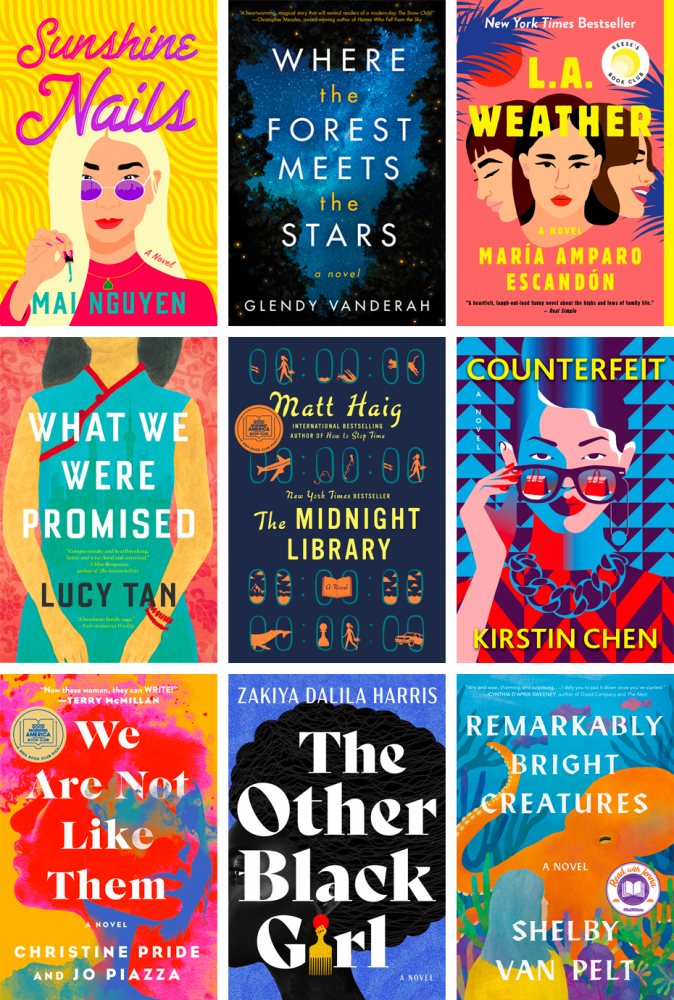
Upmarket fiction can published as trade paperback original or hardcover; it depends on the publisher. Some want to capture the trade paperback market and move a lot of units and some want that sturdy hardcover appeal that libraries love and capture a higher price point. These are larger discussions within each imprint.
Finally …
The most important thing to remember is that upmarket fiction operates on a spectrum. Some upmarket books will lean more commercial, and some will lean more literary—all authors tackle these issues in a unique way. In my examples above, some are more commercial/upmarket like Nine Perfect Strangers and some are more literary/upmarket like Fleishman Is in Trouble. These are guidelines, not rules, and I love when I’m proven wrong, but I’ve been doing this thirteen years, sold over one hundred books, and I’m generally pretty right!
I know what I’m going to hear from everyone: “I’m pretty sure all good fiction falls into this upmarket category!” And you know what, they might. I’m very willing to discuss these nuances any time, any place, because that’s what makes good books relevant and keeps us talking about writing, marketing, and packaging. However, as an agent it’s my job to recognize these subtle differences and help place these books with the right editors so they can find readers.
Note from Jane: Explore these ideas more with John Warner: When Upmarket Fiction Doesn’t Work (For Me)
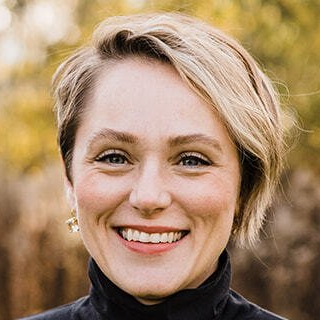
Carly Watters is Senior Literary Agent at P.S. Literary Agency and co-host of The Shit No One Tells You About Writing podcast. Find her on Instagram @carlywatters and online at www.carlywatters.com

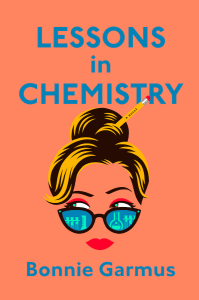
A very useful, much-needed essay. You’ve helped me decided that the book I’m querying right now is upmarket fiction!!
This is SO helpful, thank you!
This is a concise treatise on a subject that confuses most of us. Thank you, Carly!
Fascinating and invaluable. Thank you, Carly!
My covers are a little different, and I’m self-published (for many reasons, the prime one being that deadlines are not kind to disabled writers), but this is exactly what I write. It has taken me over twenty-two years to write the first two books in my trilogy.
We used to call it ‘big books’ or ‘mainstream fiction’ (mainstream has entirely disappeared, for better or worse), and people don’t search for it on Amazon – they come with the title they intend to buy already in hand, recommended somewhere else.
Whether the traditional publishers are the only ones allowed to supply these books is up for discussion, but it is difficult to find the readers willing to go outside the pale – though my reviews show that when I do, they are fulsome with their praise (and kind enough to let me use their words for marketing).
Traditional is fine – but with fewer slots in their catalogs, it’s going to be limiting: in topics, in writers (who need to be able to go on talk shows and be fascinating), and cost us books which might be exactly what we want.
Can YA/NA be upmarket fiction?
Finally, a definition I can sink my teeth into! Thank you Jane and Carly.
Love this. Clear and concise as possible considering the subject.
Thank you, Jane! I have seen this term often as I query agents and was perplexed by it. It seems like it is used for non-fiction as well, same criteria?
I have not seen this term used in conjunction with nonfiction—only in the fiction market.
Great post. Cleared the air about terminology.